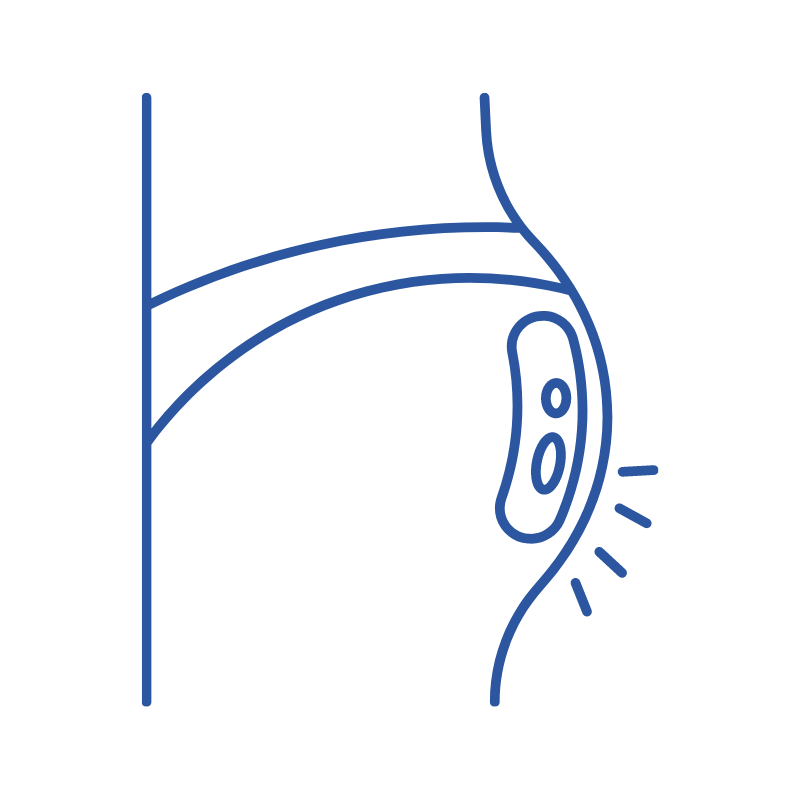What is Ischial Bursitis?
The ischial bursa is a deeply located bursa lying between the buttocks and the Ischial tuberosity or sitting bones of the pelvis. A Bursa is a fluid-filled sac between bone and tissue which cushions and facilitates smooth movement. The ischial bursa reduces friction between the bony underside of the pelvis and the hamstring muscles.
Bursitis refers to inflammation and irritation of the bursae. Inflammation is usually a result of damaged blood vessels or ‘microtrauma’ from prolonged seated periods, which can also trigger bursal thickening. Ischial bursitis develops as a result of this, causing swelling, pain and discomfort in the buttocks and upper leg. The condition is one of four main types of hip bursitis.
The condition is sometimes referred to as ischiogluteal bursitis or ‘beaver’s bottom’, as the condition was first diagnosed in beaver’s who typically sit on hard surfaces for long periods.








